Uzbekistan switching to emergency mode of operation to save water
On November 29, a videoconference meeting on measures for the rational use of water resources and reducing their losses was held under the chairmanship of President Shavkat Mirziyoyev.
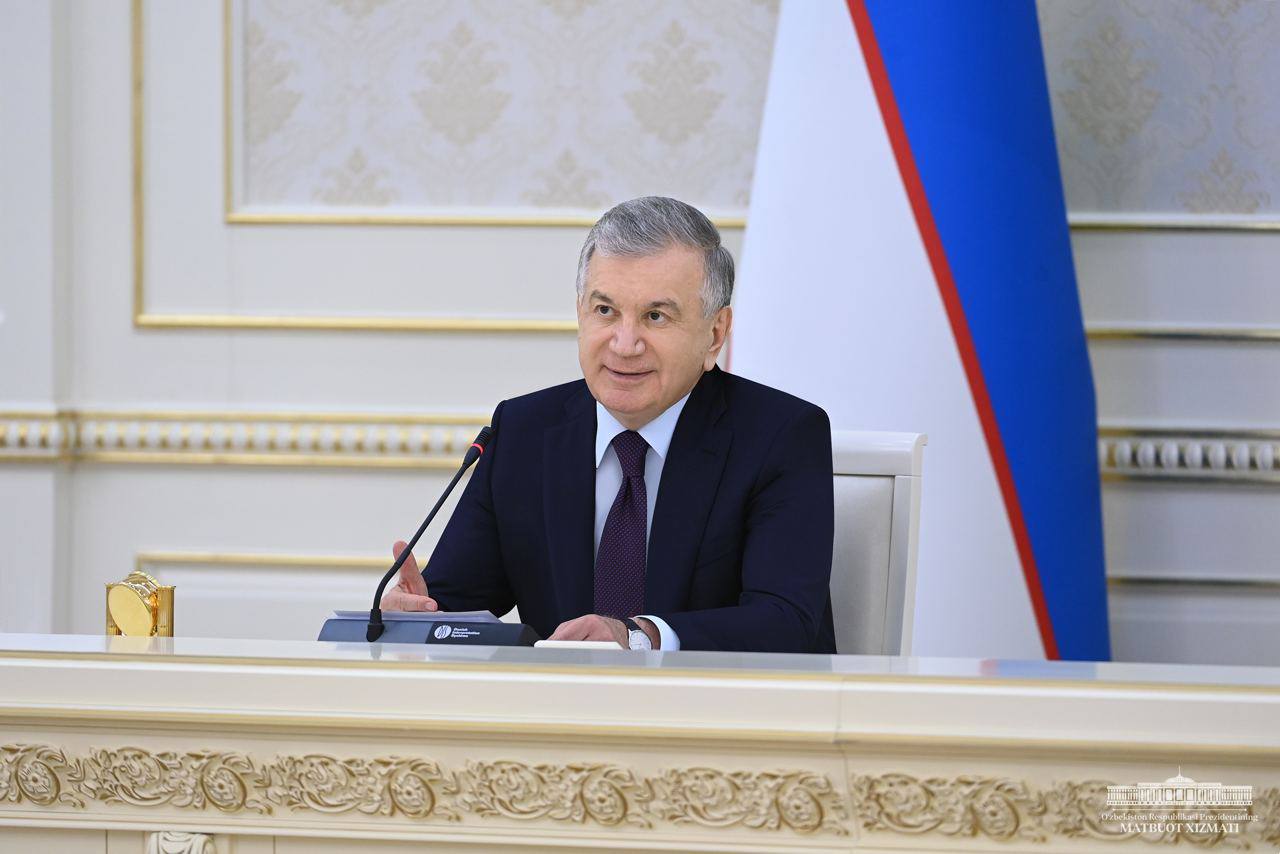
Photo: Presidential press service
In our country, only 20% of water resources are formed in our country, the rest is in the territory of neighboring states. As a result of climate change, water sources are decreasing year after year. The situation regarding the management of transboundary rivers remains difficult. According to forecasts, by 2030, the water shortage in our country could reach 15 billion cubic meters.
However, even in such conditions, water is used irrationally. 90% of water resources are spent on agriculture. For example, 10-11 thousand cubic meters of water are spent per year to irrigate 1 hectare of cotton field, while in countries with similar climate and soil it is 2-3 times less. And all this is achieved through proper water management and preventing their loss.
The head of state noted that the coming year will be a period of transition to an emergency mode of operation to save water.
In this case, the primary task is concreting canals and ditches. It is estimated that on average 14 billion cubic meters or 36% of water is lost per year in natural cover irrigation systems without any economic benefit. The largest number of losses occurs in the Republic of Karakalpakstan, Namangan, Navoi, Khorezm and Bukhara regions. In the 175 thousand hectares of cultivated areas located at the end of the canals, the situation with water supply is very difficult.
Overall, the economy loses $5 billion in revenue per year as a result of water loss.
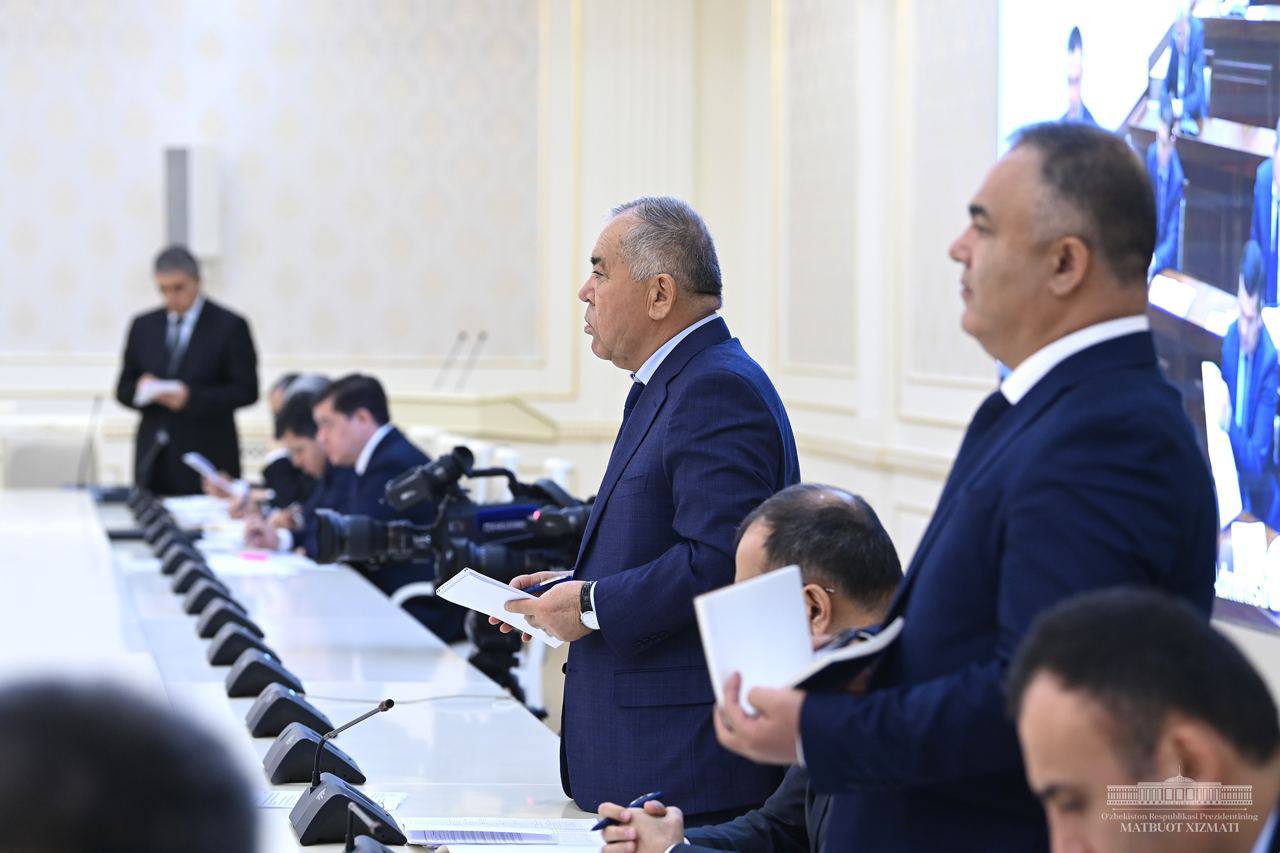
In this regard, the water sector has declared a “high-impact year for canal concreting.” The task has been set to concrete 1,500 kilometers next year, that is, 4 times more channels than this year. In 2025, at least 2 thousand kilometers of canals will have to be concreted.
It is emphasized that the most optimal time for this is the months from November to March. Therefore, we need to start building canals with ready-made projects now. Governors of regions and districts were instructed to convert 3 thousand 500 kilometers of internal irrigation systems to concrete pavements in one year. It was noted that by providing special equipment and construction materials to clusters and farmers interested in this, costs can be halved.
The second important task is to introduce water-saving technologies.
Our country has 4.3 million hectares of irrigated area, of which 30 percent have introduced water-saving technologies. In such clusters and farms, water savings of 30-40 percent, fertilizers and fuel – by 25-30%, as well as increased productivity are achieved.
Specialists were given instructions on financial and organizational aspects. The need was noted to annually expand areas with water-saving technologies, to study the experience of Turkey, Spain and China in this area.
The third important task is to reduce water delivery costs.
Currently, an average of 212 soums are spent on 1 cubic meter of water supplied to clusters and farmers. However, it is 2-3 times more expensive in Bukhara, Kashkadarya and Namangan.
At the same time, 63% of water consumption comes from pumping stations. In particular, 7 billion kilowatt-hours of electricity are consumed per year for irrigation. Since 80 percent of water pumps are outdated, energy consumption is high.
The head of state noted that the most correct way to reduce costs and increase efficiency is to modernize pumps and transfer their management to a private partnership.

Several projects are already being implemented in this direction. The task has been set to speed up this work, and with the participation of international financial organizations, 95 pumping stations need to be updated, and a tender for another 118 pumping stations needs to be announced at the beginning of next year.
The Ministry of Water Resources has been instructed, together with international financial organizations, to develop a three-year program to modernize pumps. Instructions were given for the implementation of modern management in the field, maintaining water records.
Related News
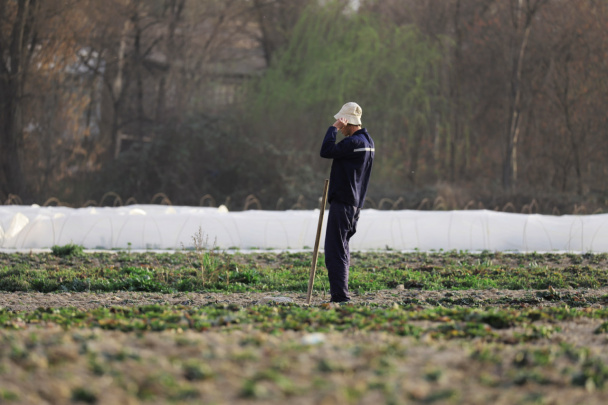
18:48
Experts warn land sales to foreign-linked entities may put Uzbekistan’s future at risk
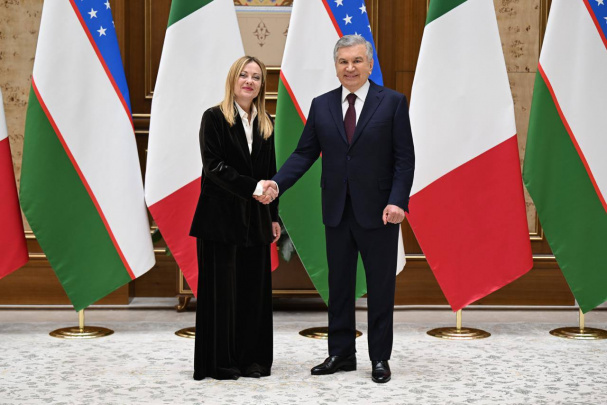
12:10
Shavkat Mirziyoyev holds talks with Italian Prime Minister Giorgia Meloni in Tashkent
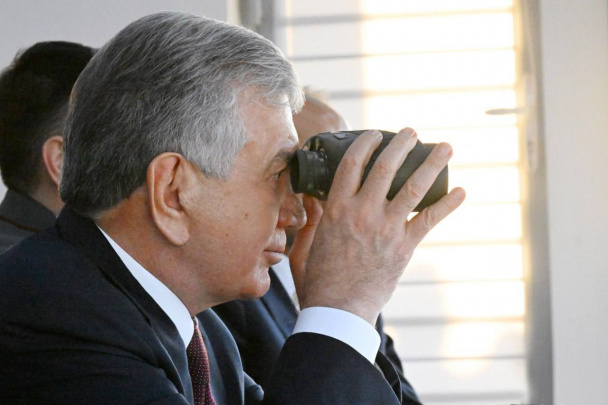
20:21 / 13.01.2026
President Mirziyoyev visits Special Operations Forces base in Tashkent region, assesses combat readiness
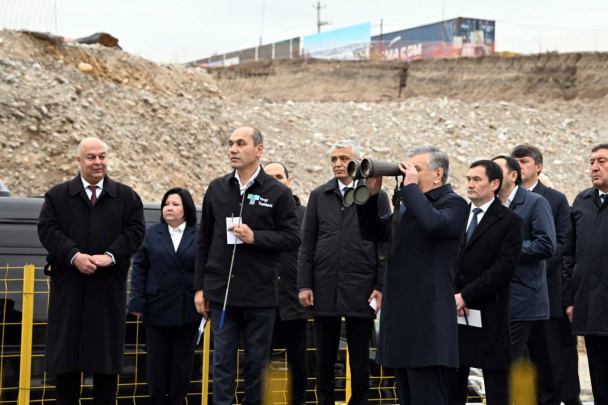
21:45 / 30.12.2025



